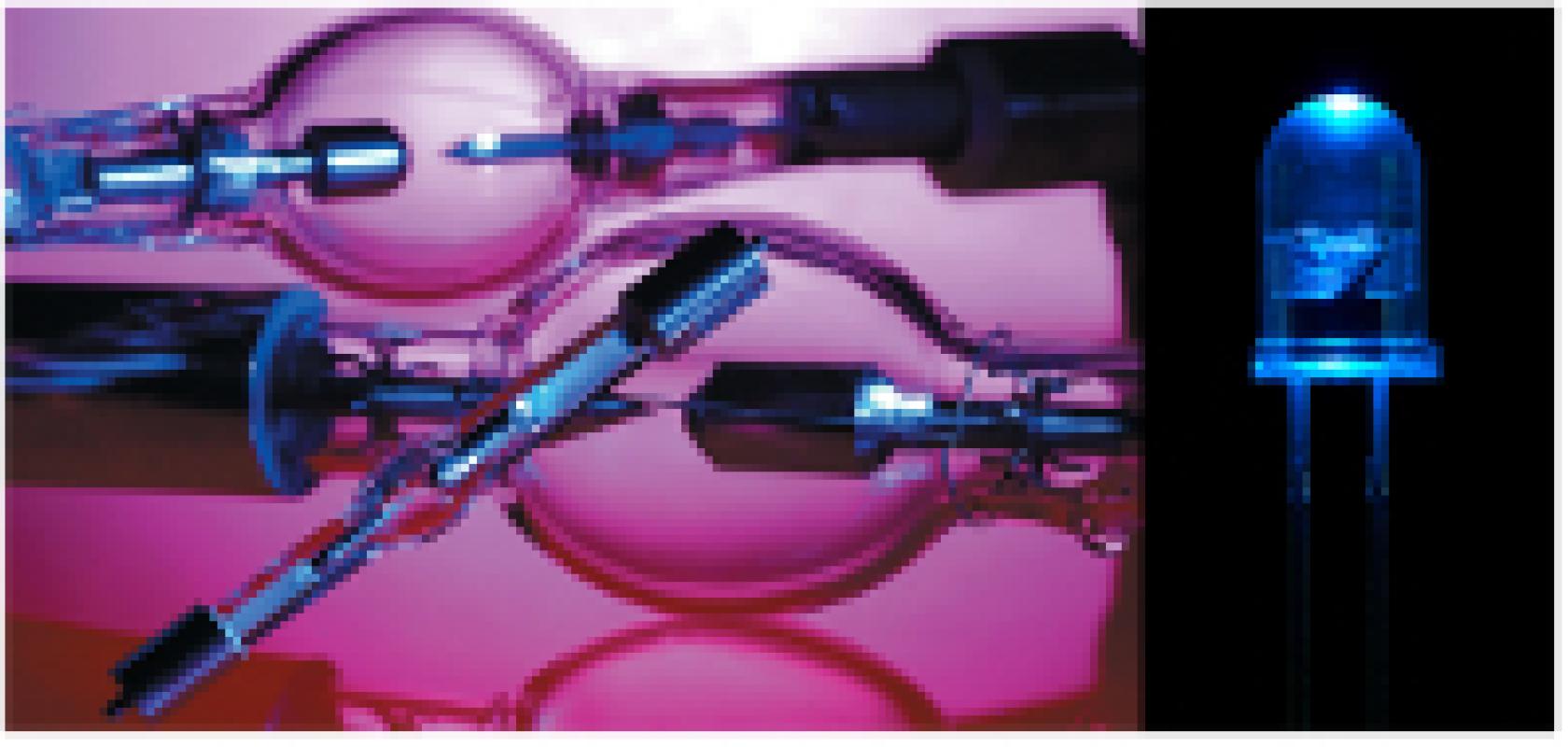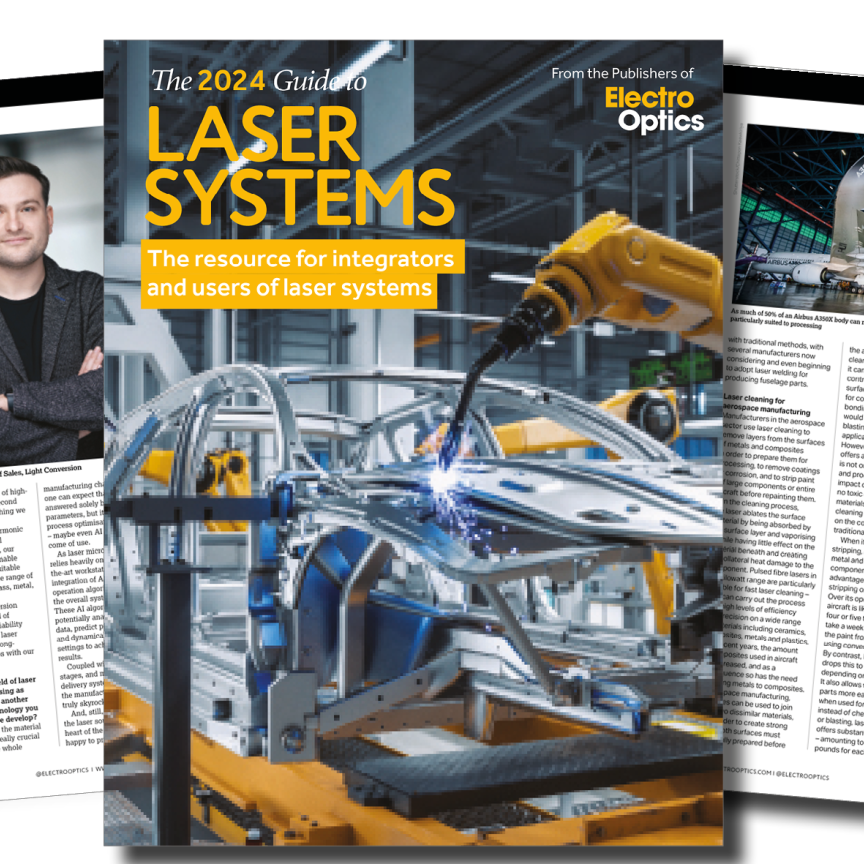Measuring LED Power and Irradiance with Calibrated Photodiodes

Introduction
Traditionally, broadband sources are measured using radiometers or photometers. These sensors have a relatively wide and uneven response over a certain spectral range, such as UVA, UVB, UVC, etc. The sensor gives an integral of the measured spectral power density weighted by its own spectral response.
While these radiometers are well suited for broadband sources, LEDs are a different type of light source. Not including white LEDs with a bandwidth of 300nm or more, typical LED bandwidths are between 10nm and 25nm. Measuring the optical power of a LED with a radiometer can lead to large errors depending on where the LED’s spectrum falls with respect to the spectral response curve of the radiometer.

Figure 1
Figure 1 shows the typical spectral response of a UVA sensor and the spectral power densities of two LEDs at 365nm and 395nm. As seen, the 365nm LED is at the peak of the sensors’ response and the 395nm LED is at the edge where the sensitivity drops to less than 10%, thus giving a measurement error of more than 90%!
Now that the problem of measuring LEDs with radiometers is understood, alternatives can be examined. We shall look at two alternatives: a spectroradiometer and a calibrated photodiode.
Spectroradiometers are suitable for all types of light sources: broadband, LEDs and lasers. Absolute accuracies of 2%-10% can be achieved depending on the equipment and the spectral range, with UV usually being more difficult to measure accurately. The cost of a spectroradiometer system starts at several thousand dollars.
The advantage of a spectroradiometer is that no a-priori knowledge of the spectral shape of the source is needed for an accurate power measurement.
But spectroradiometers are expensive. Calibrated photodiodes, on the other hand, work best with lasers. The spectral response of the photodiode sensor is measured and stored, and the user enters the laser’s wavelength into the power meter in order to get a calibrated reading of the laser’s power.
While LEDs are certainly different than lasers, they are relatively narrow band sources, and their peak wavelength is specified. We shall next examine what is the additional uncertainty one can expect when measuring the power of LEDs with a calibrated photodiode.
LED Power Measurement Uncertainty
The calculation is done by analyzing a typical LED spectrum and comparing its optical power defined by:

and the optical power measured using a calibrated photodiode:
Where I(λ ) is the power spectral density of the LED, R(λ) is the spectral responsivity of the photodiode and λ0 is the wavelength chosen by the user to represent the LED’s spectrum, typically the LED’s peak wavelength.
Two LED spectra were used for the analysis: one with a bandwidth of 22nm and one with a bandwidth of 10nm, which is more typical for UV LEDs. Additionally, we allowed for a ±3nm uncertainty in the LED peak wavelength.
For the detector, we used Ophir’s 3A-IS integrating sphere detector and Ophir’s PD300RM cosine-corrected irradiance sensor. The 3A-IS is a compact integrating sphere with a photodiode. It is calibrated for total power measurement. It also features a self-absorption calibration accessory, the AUX-LED. The PD300RM sensor is calibrated for irradiance and dosage measurement.

PD300RM
Irradiance /Dosage Sensor

3A-IS
Integrating Sphere Sensor with AUX-LED
Figures 2 and 3 show the results for the 3A-IS and the PD300RM, respectively. The amount of uncertainty is related to the spectral response of the detector, increasing at short and long wavelengths where the response has large slopes. The additional uncertainty is less than 2% for most part and increases to 12% in certain regions.

Figure 2. Uncertainty for LED measurement with the 3A-IS integrating sphere

Figure 3. Uncertainty for LED measurement with the PD300RM irradiance sensor
The uncertainty presented in figures 2 and 3, depends mostly on the linearity of the photodiode’s spectral response.
Summary and Conclusion
Benefiting from the fact that LEDs are relatively narrowband sources with known peak wavelengths, their power or irradiance can be measured with good accuracy using calibrated photodiodes.
The total measurement accuracy will depend on the accuracy specification of the sensor model used and the additional uncertainty presented above.
The following table summarizes the various sources and measurement options discussed in this paper:

Questions? Comments? Pleae contact Efi Rotem, efi.rotem@ophiropt.com

